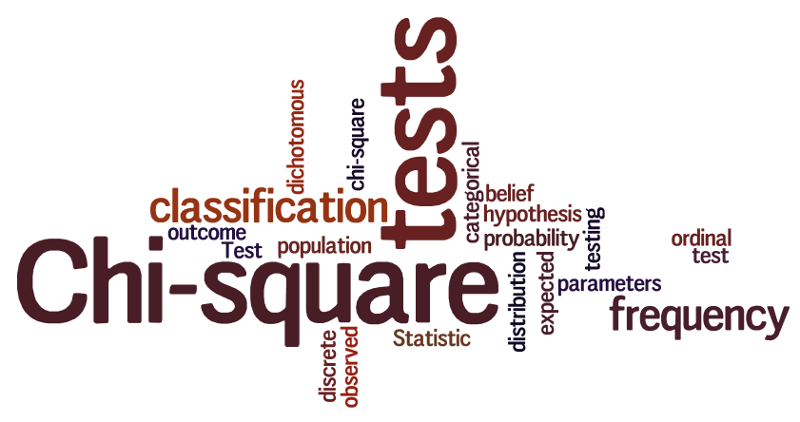Introduction:
The Chi-Square (Χ²) distribution is a statistical concept that plays a crucial role in various fields, including biology, social sciences, and quality control. Developed by Karl Pearson in the early 20th century, the Chi-Square distribution is widely used to analyze categorical data and test hypotheses. In this article, we will delve into the definition of the Chi-Square distribution, its properties, and provide practical examples to illustrate its application.
Definition of Chi-Square Distribution:
The Chi-Square distribution is a probability distribution that arises when analyzing the distribution of a sum of squared independent standard normal variables. In simpler terms, it is often used to assess the association between categorical variables and to test the independence of these variables.
Here, ‘Γ’ represents the gamma function, and ‘k’ is the degrees of freedom, a parameter that determines the shape of the distribution. As ‘k’ increases, the Chi-Square distribution approaches a normal distribution.
Properties of Chi-Square Distribution:
Shape of the Distribution:
The Chi-Square distribution is positively skewed and non-negative.
Its shape is determined by the degrees of freedom, with higher degrees of freedom resulting in a more symmetric distribution.
Degrees of Freedom:
The degrees of freedom, denoted as ‘k,’ influence the characteristics of the distribution.
The mean of the Chi-Square distribution is equal to its degrees of freedom, while the variance is twice the degrees of freedom.
Application in Hypothesis Testing:
Chi-square tests are commonly used to determine if there is a significant association between categorical variables.
The Chi-Square test of independence assesses whether the observed frequency distribution of two categorical variables differs from the expected distribution.
Examples of Chi-Square Distribution in Practice:
Contingency Tables:
Suppose we have a contingency table that records the number of individuals with and without a specific trait in two different groups. A Chi-Square test can help determine if the trait is independent of the group.
Goodness of Fit:
Imagine a scenario where we want to test if the observed distribution of outcomes in a random experiment fits a theoretical distribution. The Chi-Square goodness-of-fit test can be applied to assess this.
Genetics:
In genetics, the Chi-Square test is frequently used to analyze the distribution of observed and expected genotypes in a population, helping researchers assess if the population is in Hardy-Weinberg equilibrium.
Conclusion:
The Chi-Square distribution is a powerful tool in statistical analysis, particularly for exploring relationships between categorical variables. Its applications in hypothesis testing and goodness-of-fit assessments make it a fundamental concept in the realm of statistics. Understanding the properties and applications of the Chi-Square distribution empowers researchers and analysts to draw meaningful conclusions from categorical data, contributing to advancements in diverse fields.
Editing More than 200,000 Words a Day
Send us Your Manuscript to Further Your Publication.








Is ChatGPT Trustworthy? | Rovedar | Scoop.it says:
ChatGPT vs. Human Editor | Rovedar | Scoop.it says:
Enhancing Your Assignments with ChatGPT | Roved... says: